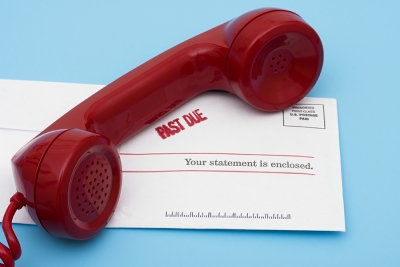With January comes a New Year, and with a New Year come new goals and resolutions. But a big
problem is we only make these goals or resolutions an idea. It would be a great idea for me to “lose
weight, make more money, take more vacation” etc.., and for a few weeks you crush your resolutions
and then… not so much.
Let’s use the example of losing weight. If you have ever been to the gym in January or February it’s
NUTS, every machine is full and there are lines out the door and you have to wait to even get on some
of the equipment. Then comes March, and the crickets. The avid gym goers love March, because they
know for the next 9 months they won’t have to deal with the crowds or lines.
The main issue is by only making your goals ideas and not habits is, you do not see them a priority and
we let life get into the way. Think about it, Gym’s don’t sit empty for 9 months, there are still plenty of
people who go, and it’s safe to say these people go at the same time every day and have a set plan and
routine for each day. This is because they have made it part of their daily routine and have made it a
good habit. Guess what when you decided to stop going to the gym, you also made that a habit, just a
bad one.
So I want to talk about how to make good habits by using the 4 R’s.
1. Reminder (the trigger)
2. Realistic (something achievable)
3. Routine (the behavior/action)
4. Reward (the benefit)
Let’s break a habit down using the 4 R’s. In this example I will show you just how the 4 R’s work. Keep in
mind I am using an example that I know everyone does
1. Your stomach growls – (Reminder) – You stomach growling acts as your reminder to prompt the
behavior
2. You go get the proper amount of food (Realistic) – Don’t order 2 pizza’s if you only need a slice
3. You eat something – (Routine) – This is the actual behavior you take when reminded
4. You are now full – (Reward) – This is the reward or punishment depending on it being a good or
bad habit
If the reward is positive, you will want to repeat the process again. Repeat the same process enough
times and you will have a habit!
Think about it, this is the almost the same process dog trainers use for training dogs. They use a training
collar or whistle as a reminder to have them complete the action, then they are rewarded at the end
with a treat or play time, so the dog will want to keep repeating the process, until it becomes a habit!
Setting a trigger or reminder is critical and hence why it’s the first R. Creating a new behavior is hard,
and If you are just trying to remember to make it happen, you are setting yourself up for failure. We are
only human and our memory and motivation will fail, it’s a fact.
The easiest way to create a reminder is to attach it to something you do or that happens each day
without fail. For example, let’s say you want to start flossing, your reminder should be brushing your
teeth. Brushing your teeth is something that we all do on a daily basis, well most of us anyway.
Depending on what your goal is related to, may change what you attach your trigger to. I wanted to be
more efficient throughout the day at work, so I set a trigger for the second I reach my desk in the
morning, the first thing I do is create a to do list for that day, and my reward is a more productive and
accomplished feeling at the end of the day.
Once you have set a good reminder, the next step is making a realistic goal, something that is actually
achievable, it’s easy to get caught up in the desire to make massive changes in your life. We watch
reality TV weight loss shows and think that we need to lose 30+ pounds in the next month. We see
athletes on TV and wish that we could run faster, jump higher and be stronger. We want to earn more,
do more, and be more … right now.
Trust me I want all these things right now too, but have learned that if I make a goal and set incremental
benchmarks all leading toward the end result, I tend to stick to them and do much better. In the
beginning don’t worry about being perfect, just worry about sticking to the habit. Overtime, once you
have make it a habit, you can work on the level of performance or quality.
Finally, it’s important to celebrate because we want to continue doing the things that make us feel good.
And because an action needs to be repeated for it to become a habit, it’s especially important that you
reward yourself each time you practice your new habit.
Keep Trying, Keep Failing, But Keep Moving Forward
-Dave Fulk






Leave A Comment